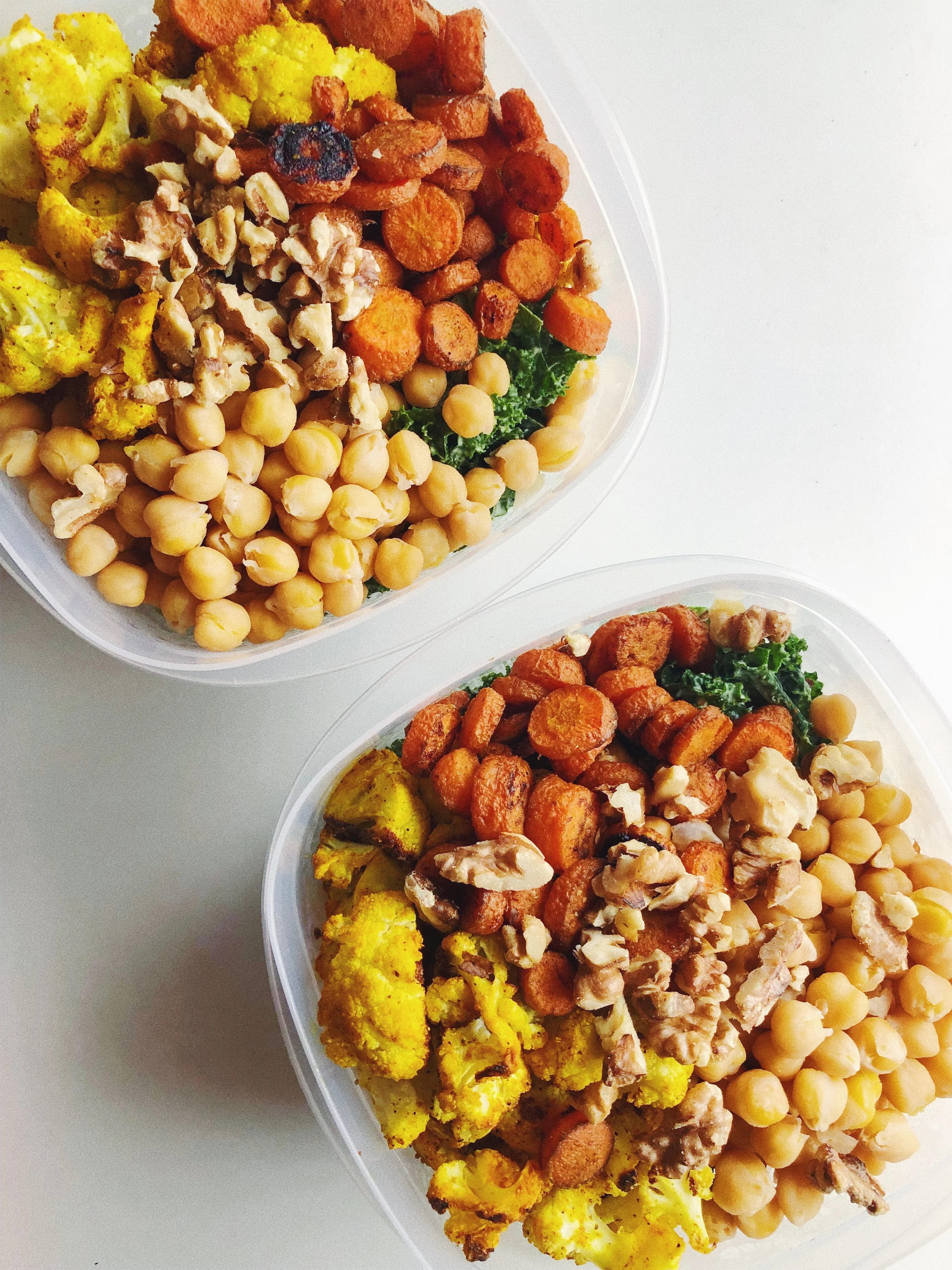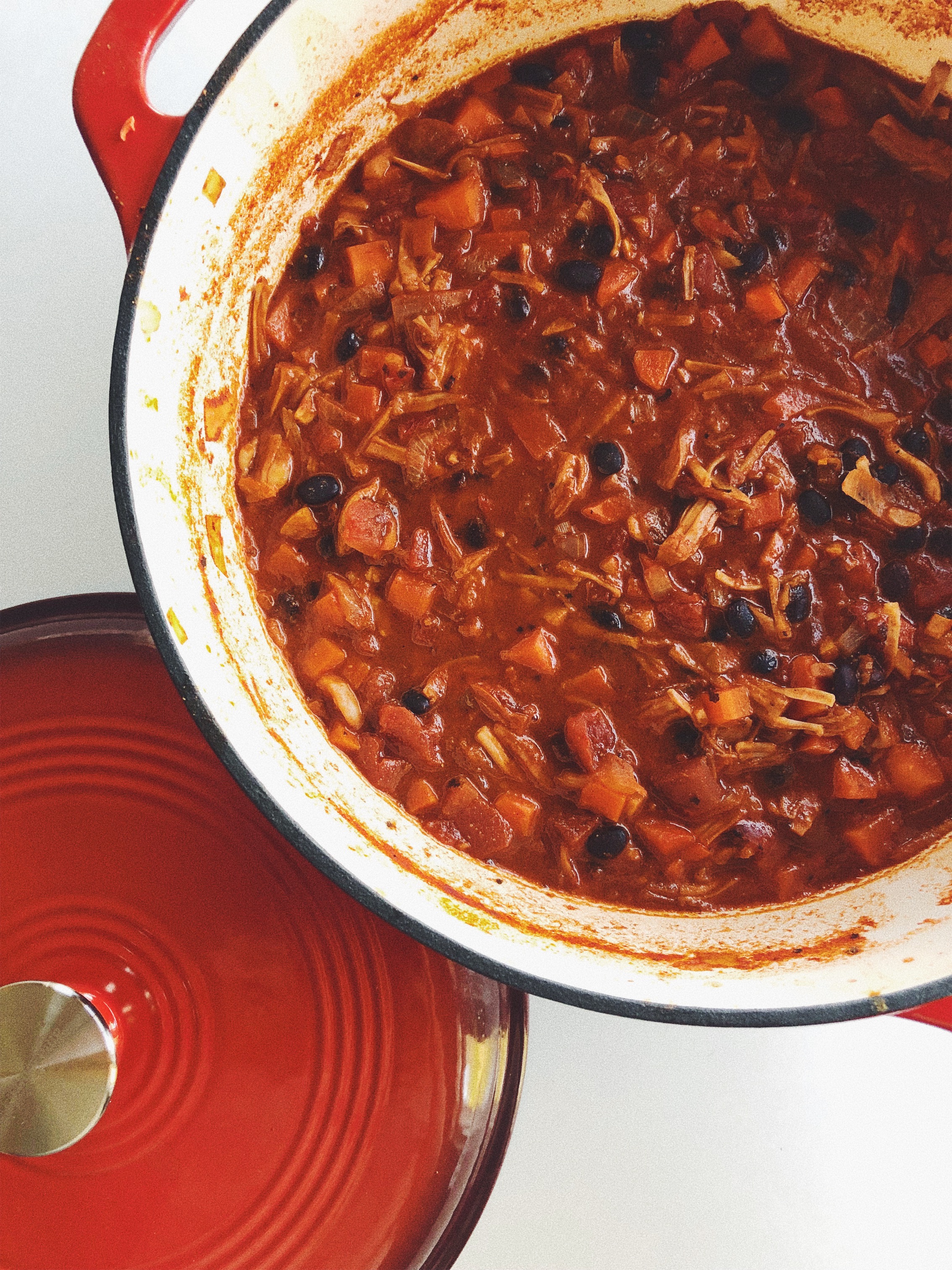After what always seems to always feel like a long winter, Spring is finally here! The days are longer, lighter and warmer. It’s the season of rebirth, renewal, new beginnings and growth. We’ve been hibernating all winter - sleeping more, staying inside, resting. Now, much like the flowers, we’re germinating, budding, and getting ready to burst forth into our lives.
In Ayurveda, Spring is considered Kapha season. Kapha is the dosha that’s associated with moisture and warmth. “Of the three doshas… it's kapha that endows your body with its earthy-watery qualities. It provides lubrication for joints, as well as mucus to protect the sensitive tissues of the sinuses, lungs, and stomach; it also determines the size, strength, and suppleness of your muscles. When kapha is in balance, you feel strong, composed, and stable. When it's out of balance, you might feel sleepy, mentally dull, or depressed. You may also experience excess phlegm in the lungs or sinuses, nausea, unhealthy weight gain, water retention, or heaviness in your limbs.” (1)
In Spring, our main goal is to help balance this Kapha energy. In general, we want to incorporate foods and practices that support a feeling of lightness, dryness and heat. Please also take your own dosha into consideration and adjust these recommendations accordingly.
DIET
You may notice your preference for heavier foods that felt nourishing throughout the winter is starting to diminish and you’re naturally feeling more inclined towards lighter foods, fruit, fresh vegetables and salads. This is totally in line with the shift from winter to spring!
During the winter, all that heavy food has accumulated energetically (and maybe physically) in our bodies. Now is the time to support digestion and detoxification. Focus on pungent and bitter foods to support the flow of bile and the detox process. Bitter greens are especially wonderful for this (and also happen to be what’s growing right now) - dandelion greens, kale, cabbage, radicchio, watercress, etc.
Favor fresh vegetables. They don’t necessarily need to be raw, but perhaps instead of a stew or long roasting time, try steaming them or quickly sautéing them.
Green juice is a great way to get lots of nutrients and support the liver.
Reduce heavy, oily and fried foods. Use less oil in your cooking. You can always use water to help prevent sticking in pans.
Reduce your consumption of dairy products, which can promote mucus and congestion in the body.
You may also wanted to reduce your consumption of animal products, again in favor of lots of fresh vegetables and fruit!
If you’re into doing cleanses, spring is a great time to do them! Lots of fresh green juices and light, easy-to-digest meals would make an appropriate cleanse. Kitchari is a staple in Ayurvedic tradition - it’s a super nourishing, simple dish that is used for cleansing, for any kind of digestive issue and as a staple meal. I would recommend adding some fresh herbs like parsley or cilantro this time of year.
Fruits to Favor: Apples, Apricots, Blueberries, Cherries, Cranberries, Dried Fruit, Lemons, Limes, Peaches, Pears, Pomegranates, Prunes (soaked), Raisins, Raspberries, Strawberries
Vegetables to Favor: Artichoke, AsparagusBell Peppers, Beets & Beet Greens, Broccoli, Brussels Sprouts, Cabbage, Carrots, Cauliflower, Celery, Chard, Chilies, Collard Greens, Corn, Dandelion Greens, Endive, Garlic, Green Beans, Kale, Leeks, Mushrooms, Onion, Peas, Potatoes, Radishes, Spinach, Sprouts, Turnips
All spices will be generally supportive during Spring.
EXERCISE / LIFESTYLE
Spring cleaning is a thing for a reason. I think we’re all naturally inclined to clear the debris of the winter and mentally prepare ourselves for a fresh start. Take some time to clean up your living space, go through your closet and organize your kitchen. Use Marie Kondo as inspiration!
Now is also the time to reconnect and rekindle relationships that may have taken a backseat over the last few months. Increase your socializing time, spend time with friends and family. The dark, introverted season is over and this reconnection will invigorate you.
This is also a good season to play and connect with your inner child. Do whatever it is that sparks joy for you and makes you feel playful - maybe it’s mini golf or having a silly workout outside with a friend. Maybe it’s wandering through a museum or park. Whatever lights YOU up inside!
Oil massage is a big thing in Ayurveda. If you’re into this, spring is the time to use sesame oil. Give yourself a nice oil massage, starting at the ends of the limbs and working your way towards your heart. Do this before a shower.
In terms of exercise, now is the time to amp your routine back up. Winter may have left you feeling low energy and lethargic, and now is the time to take your energy back. You might feel inspired to do more high intensity classes, jog, hike or bike. You might also shift your yoga practice to something with more movement. This time of year, exercise is best done in the morning between 6 and 10 am. If your schedule doesn’t allow, then the evening still works.
Try rising a little earlier. Being up by 6 this time of year is ideal.
Source: Spring Guide / Banyan Botanicals
What are some of your favorite ways to prepare your body and your mind for Spring?! Let me know below!




















